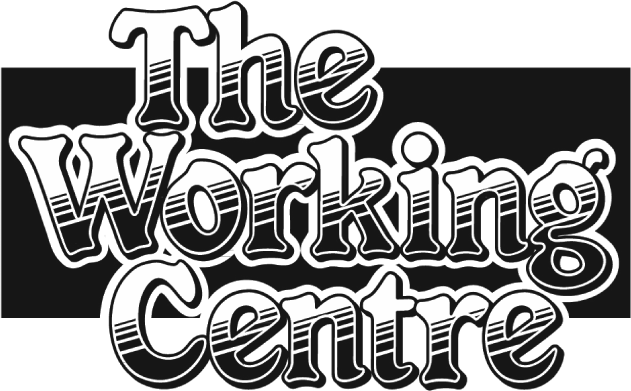By Joe Mancini, Good Work News, December 2010
Neva Goodman, writing for the New Economics Foundation, illustrated the ‘bias towards the status quo’ that we easily accept in the daily reporting of economics data. So much effort goes into producing relevant aggregate growth statistics like GDP, manufacturing production, and housing sales. These numbers are in contrast to the sloppy patchwork of statistics that she pointedly called disaggregate inequality indicators. What is she referring to? Consider the unemployment labour force statistics – hardly any economic statistic is more disaggregated and uninformative than these. They not only fail to give a full and accurate picture of what is happening on the ground, they also mislead the majority of families, for whom this information is crucial to help them understand their role in the labour market.
Piecing together the true unemployment rate or the actual number of work opportunities is an exercise in assumption making. Consider the reality that a fifth of working age Canadians cannot find full time work. How many people are working part-time or on temporary contracts? How many families are just getting by on one income, despite our dependence on two incomes per family? How do these realities relate to an unemployment rate that claims to be only 7% in Waterloo Region.
In Ontario alone, since 2007, the number of individuals on social assistance has grown from 200,000 to over 450,000. This is a growth of 250,000 individuals who have exhausted their savings and have liquidated their assets in order to be eligible for the minimal social assistance of Ontario Works. There is a large group of 45-60 year old males who were recently well employed in manufacturing who have lost their jobs and are exhausting their unemployment benefits. One job searcher recently told me about the kind of competition she is facing. In the last five months, she has sent out 450 resumes, she has had six interviews and two employers were close to hiring her. She has not yet found work.
You have to dig deeply into labour market trends to get a realistic picture of the labour market as people actually experience it. Andrew Sharpe, an economist and Director of the Centre for the Study of Living Standards spent some time adding up the hidden variables in a paper entitled Indicators of Labour Market Conditions.
In the last two years, Waterloo Region’s unemployment rate has moved between 7 and 9 percent. What proportion of the existing jobs are not traditional full-time employment? About 13% of full-time jobs are temporary positions where workers are hired and laid off in a constant cycle determined by the companies need for labour. Temporary work needs to be distinguished from part-time work, even though these two modes of work are often lumped together. A temporary worker usually works full-time until laid off, while the part part-time worker is working less than 20 hours per week. 20 percent of the workforce is made up of part-time work. The involuntary rate of part-time workers, those looking for full-time work is about 4.3 percent. This number can be added directly to the unemployment rate, because these workers are also job searchers. Roughly 15% of workers are self employed. Of this number a good proportion are attempting to make ends meet with no other prospect for full-time employment.
A tally of these aggregate numbers demonstrates the high level of inequality for those on the edge of the labour market. How large is this reserve or contingent labour force? If you add together an unemployment rate of 8%, plus another 13% of temporary workers, and a further 4.3% of part-time workers looking for full-time, include the part-time labour force in general, and about 50% of the self-employment workforce, you come up with an estimate that is at minimum 25-30% of the labour market. Those workers in the bottom section of the labour market usually have no benefits, are constantly job searching, work for minimal wages, are often in the process of being laid off, and if they are working they are unsure what kind of work they will get in the next week. This explains why the The Working Centre’s job search resource centre is full with up to 5,000 different people each year.
London School of Economics professor, Richard Layard sums up the situation best. “We must be mad to be richer, but make work less secure and more stressed for portions of the work force.” And yet with projections for slower growth ahead, large deficits, an aging population and sluggish hiring, it is hard to be optimistic about changing this structural reality of the labour market. It is important to consider the continuing social cost of a large, unsettled, temporary workforce.

